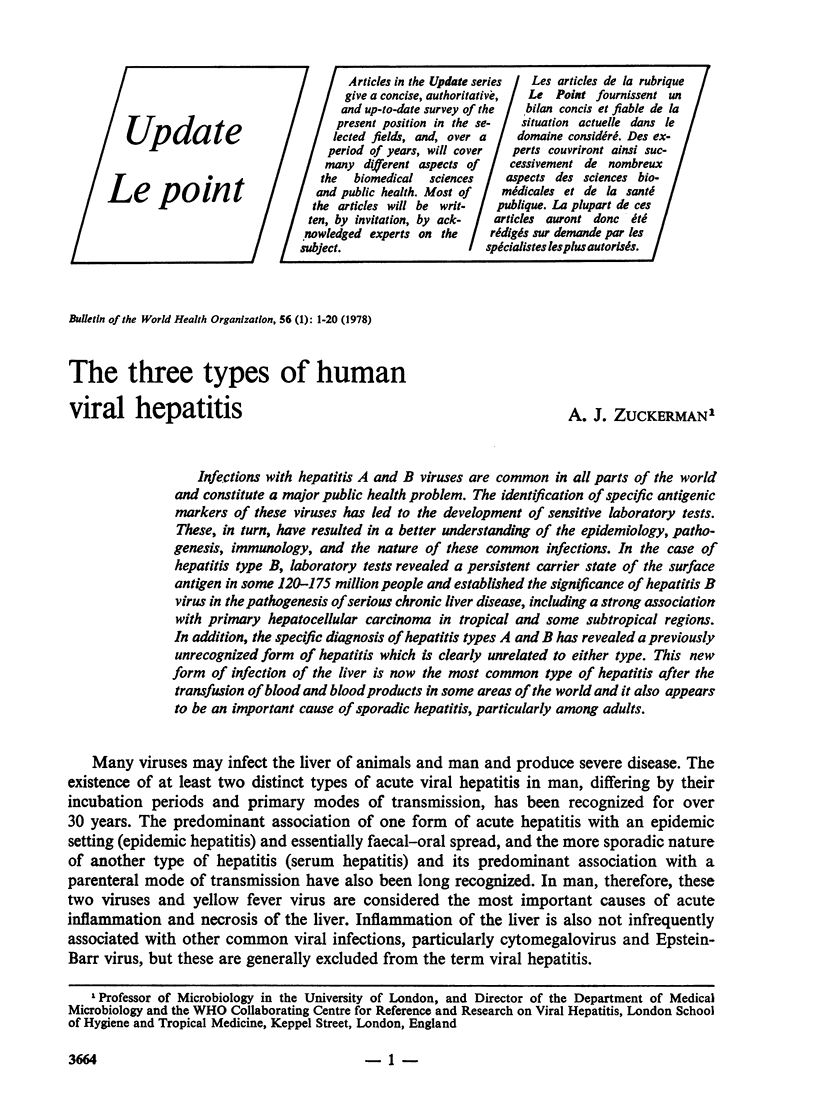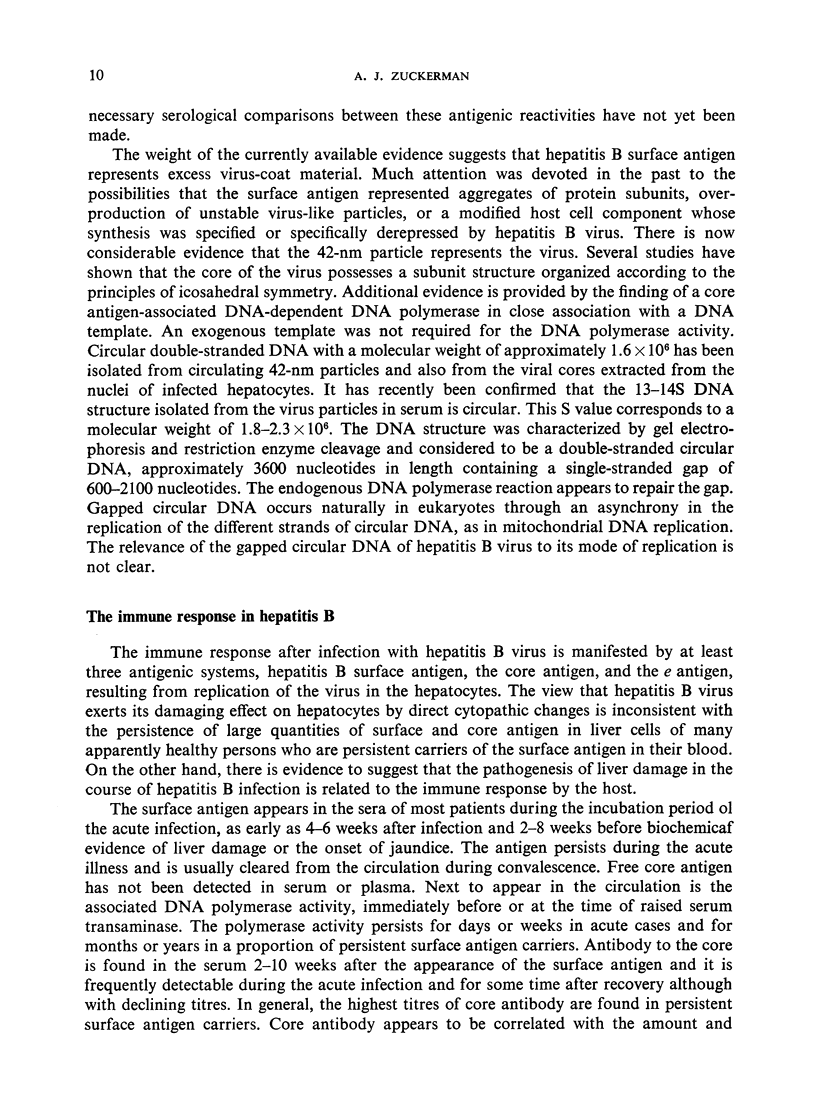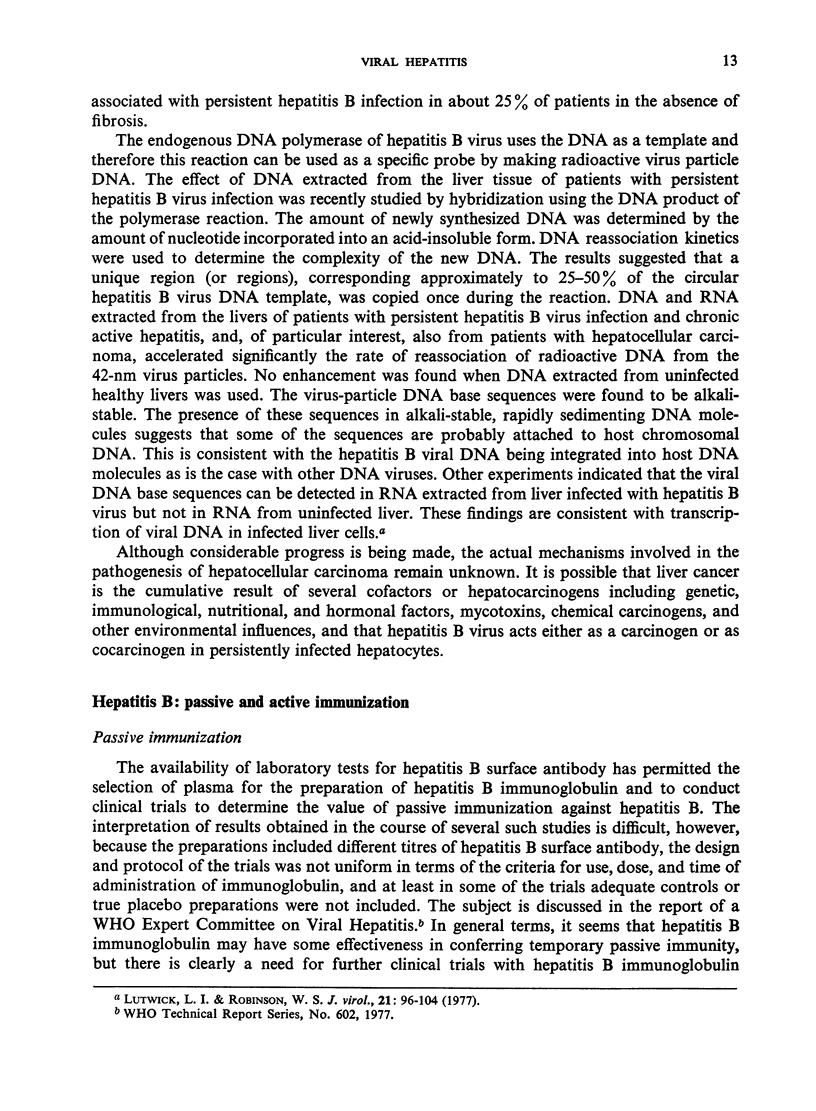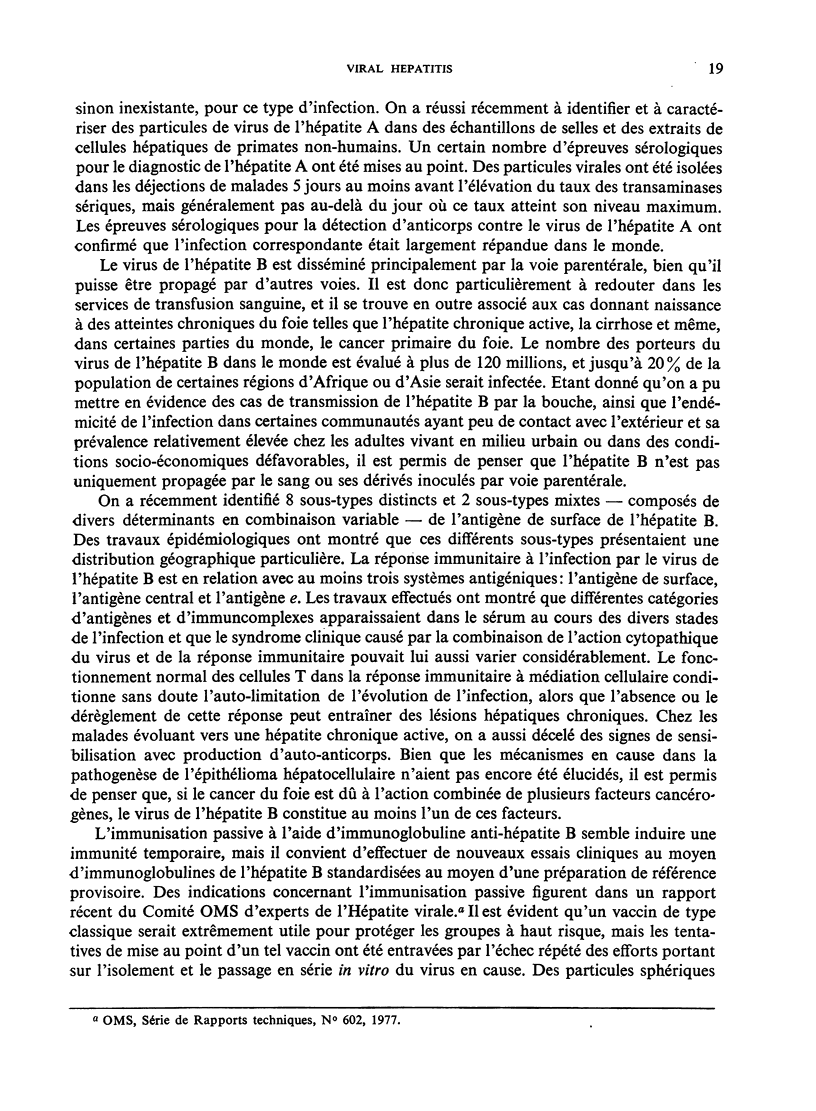Abstract
Infections with hepatitis A and B viruses are common in all parts of the world and constitute a major public health problem. The identification of specific antigenic markers of these viruses has led to the development of sensitive laboratory tests. These, in turn, have resulted in a better understanding of the epidemiology, pathogenesis, immunology, and the nature of these common infections. In the case of hepatitis type B, laboratory tests revealed a persistent carrier state of the surface antigen in some 120-175 million people and established the significance of hepatitis B virus in the pathogenesis of serious chronic liver disease, including a strong association with primary hepatocellular carcinoma in tropical and some subtropical regions. In addition, the specific diagnosis of hepatitis types A and B has revealed a previously unrecognized form of hepatitis which is clearly unrelated to either type. This new form of infection of the liver is now the most common type of hepatitis after the transfusion of blood and blood products in some areas of the world and it also appears to be an important cause of sporadic hepatitis, particularly among adults.
Full text
PDF



















Images in this article
Selected References
These references are in PubMed. This may not be the complete list of references from this article.
- Knodell R. G., Conrad M. E., Ishak K. G. Development of chronic liver disease after acute non-A, non-B post-transfusion hepatitis. Role of gamma-globulin prophylaxis in its prevention. Gastroenterology. 1977 May;72(5 Pt 1):902–909. [PubMed] [Google Scholar]
- Lutwick L. I., Robinson W. S. DNA synthesized in the hepatitis B Dane particle DNA polymerase reaction. J Virol. 1977 Jan;21(1):96–104. doi: 10.1128/jvi.21.1.96-104.1977. [DOI] [PMC free article] [PubMed] [Google Scholar]




